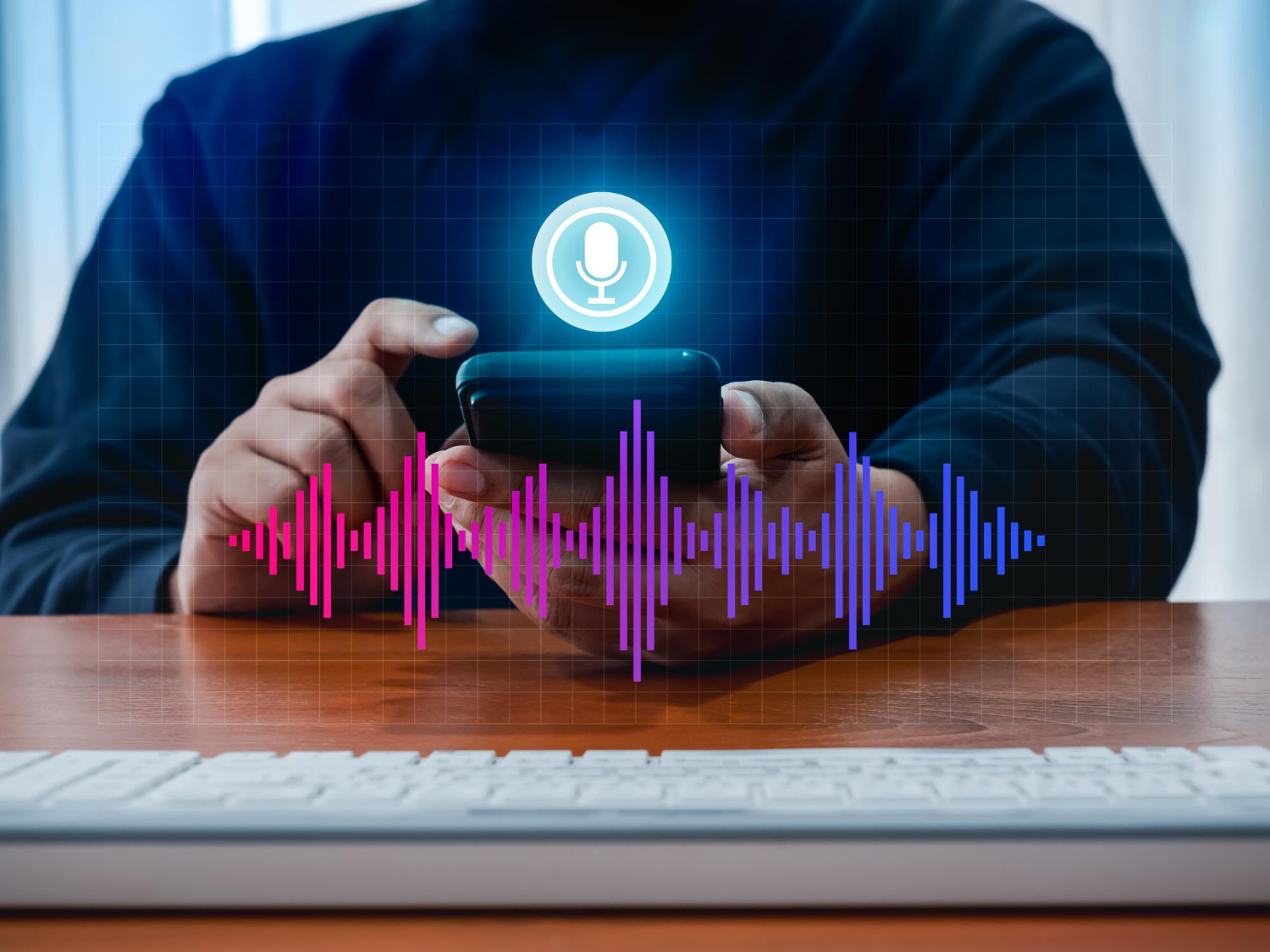AI voice generator are transforming the way content creators and businesses produce audio. By converting text into natural-sounding speech, these tools offer an accessible way to enhance engagement and reach a wider audience. They can be used for various applications, such as creating voiceovers for videos, narrating audiobooks, or improving accessibility for those with visual impairments.
With multiple options available, such as ElevenLabs and Murf AI, users can customize voice tone, speed, and even language to fit their specific needs. These tools leverage advanced technology to create lifelike speech, making it easier for users to convey their message effectively. The ability to generate high-quality audio quickly opens up new possibilities for marketing, education, and entertainment.
As businesses and individuals embrace these innovations, AI voice generator are proving to be valuable assets in content creation. By learning how to utilize these tools, users can elevate their projects and connect more meaningfully with their audience.
Evolution of AI Voice Generation
AI voice generation has progressed from early mechanical systems to highly advanced technologies. This evolution reflects significant advancements in computing, algorithms, and speech synthesis capabilities.
Historical Overview
The history of voice generation began in the 1800s with mechanical devices that could mimic speech. These early systems used simple methods like rotation and levers. In the 1950s, the first electronic speech recognition systems emerged. These systems could only recognize a limited set of words and phrases, marking the beginning of digital voice technology.
By the 1980s, rudimentary text-to-speech (TTS) systems became available. These used concatenation of recorded speech segments. The 1990s introduced more sophisticated methods, including rule-based systems that could generate pronunciation algorithms. As technology evolved, so did the quality and versatility of the voices produced.
Technological Milestones
Key advancements in AI voice generation were driven by improvements in technology. The introduction of machine learning in the 2000s was pivotal. This allowed algorithms to learn from data, leading to more natural-sounding voices. Neural networks, especially deep learning techniques, further transformed voice synthesis.
Technological milestones include the development of WaveNet by DeepMind in 2016. This model generates voice audio directly from raw data, producing highly realistic speech patterns. Other significant projects, such as Google’s TTS and Amazon Polly, helped refine voice output. These innovations made synthesized speech sound almost indistinguishable from human voices.
Current State of the Art
Today, AI voice generator are integral to various applications. They serve as accessibility tools for the visually impaired and are widely used in virtual assistants. Current systems utilize advanced natural language processing to understand context and emotions.
Many AI voice generators can now create diverse voices with differing accents, pitches, and tones. Some even allow for real-time voice changes during conversations. As the demand for realistic audio content grows, companies continue to refine and expand these technologies. The focus is on making voice interactions as engaging and human-like as possible.
Fundamentals of AI Voice Generator
AI voice generation involves converting text into spoken words using advanced technology. This process relies on various systems and methods that aim to produce natural-sounding speech. Key topics include Text-to-Speech (TTS) systems, different speech synthesis methods, and the role of neural networks and machine learning in enhancing voice generation.
Text-to-Speech (TTS) Systems
TTS systems are the backbone of AI voice generation. They convert written text into spoken language. The operation of these systems includes several stages: text analysis, linguistic processing, and speech synthesis.
- Text Analysis: The system breaks down the input text into manageable pieces. It identifies words, punctuation, and numbers to determine pronunciation and intonation.
- Linguistic Processing: This phase applies rules of language to prepare for speech output. It includes grammatical analysis and phonetic transcription.
- Speech Synthesis: Finally, the processed data is translated into audio output. TTS systems can be found in various applications, such as reading software and virtual assistants.
Speech Synthesis Methods
There are two primary methods of speech synthesis: concatenative and parametric synthesis.
- Concatenative Synthesis: This method uses pre-recorded snippets of voice, called “phonemes,” to create speech. It stitches these pieces together to form complete sentences. The result is often very natural but limited by the data used.
- Parametric Synthesis: Unlike concatenative methods, parametric synthesis generates speech using algorithms. This allows for more flexibility in voice characteristics but may sound less natural.
Additionally, WaveNet technology is gaining popularity. It leverages deep learning techniques to produce highly realistic speech patterns.
Neural Networks and Machine Learning
Neural networks and machine learning play a significant role in AI voice generation. These technologies improve the quality of synthesized speech by analyzing large datasets of human voices.
Neural networks learn to mimic human speech patterns. This enables them to produce more natural intonations and variations in tone. Key advancements include:
- Deep Learning: This approach enhances the voice generation process by training models on extensive datasets. This leads to a richer vocabulary and diverse speaking styles.
- Real-Time Processing: Machine learning allows for quick adjustments to speech playback. This is essential for applications requiring immediate and interactive responses.
Incorporating these technologies results in more engaging and lifelike voice generation.



